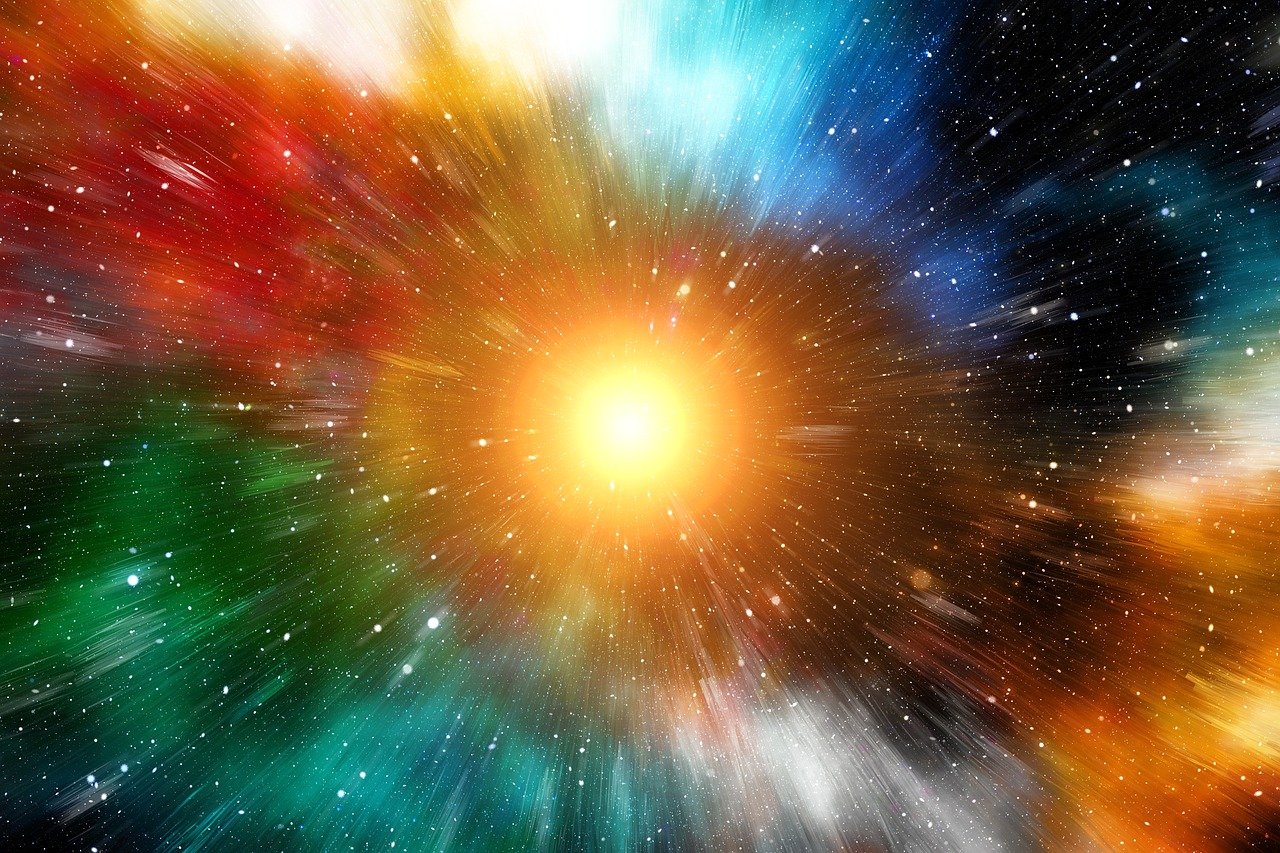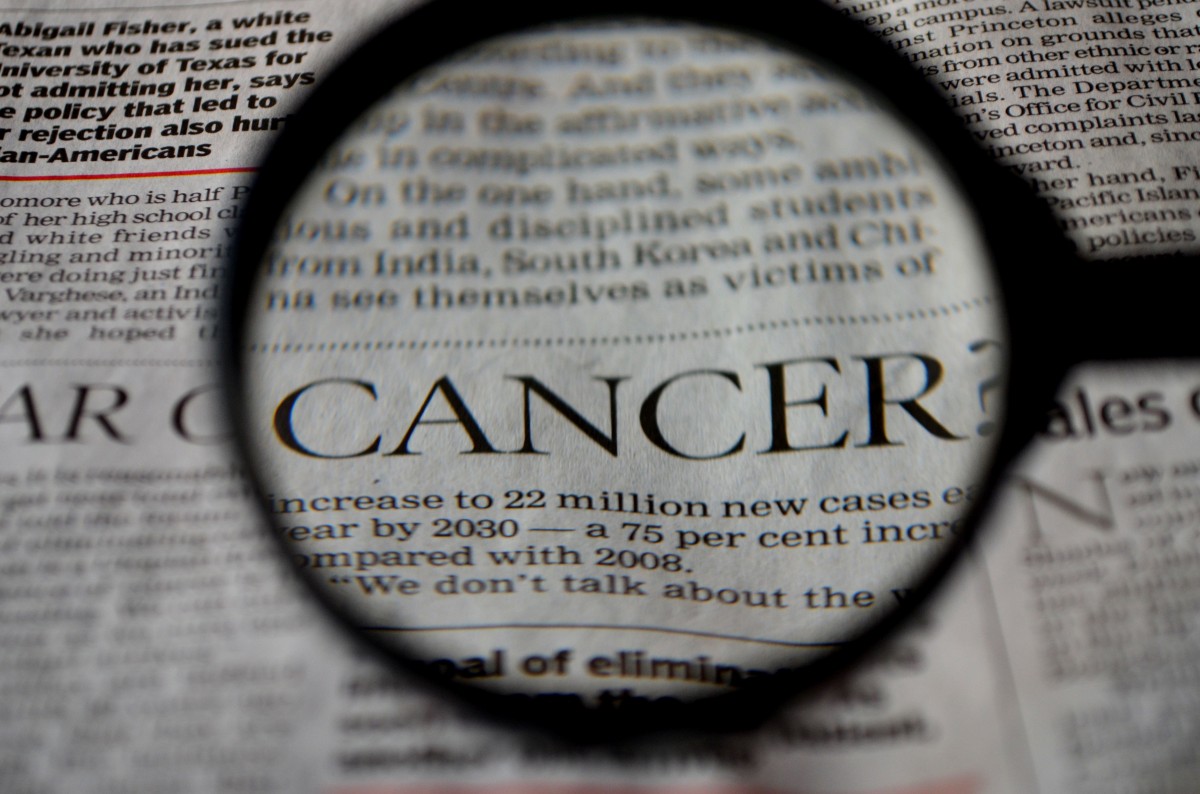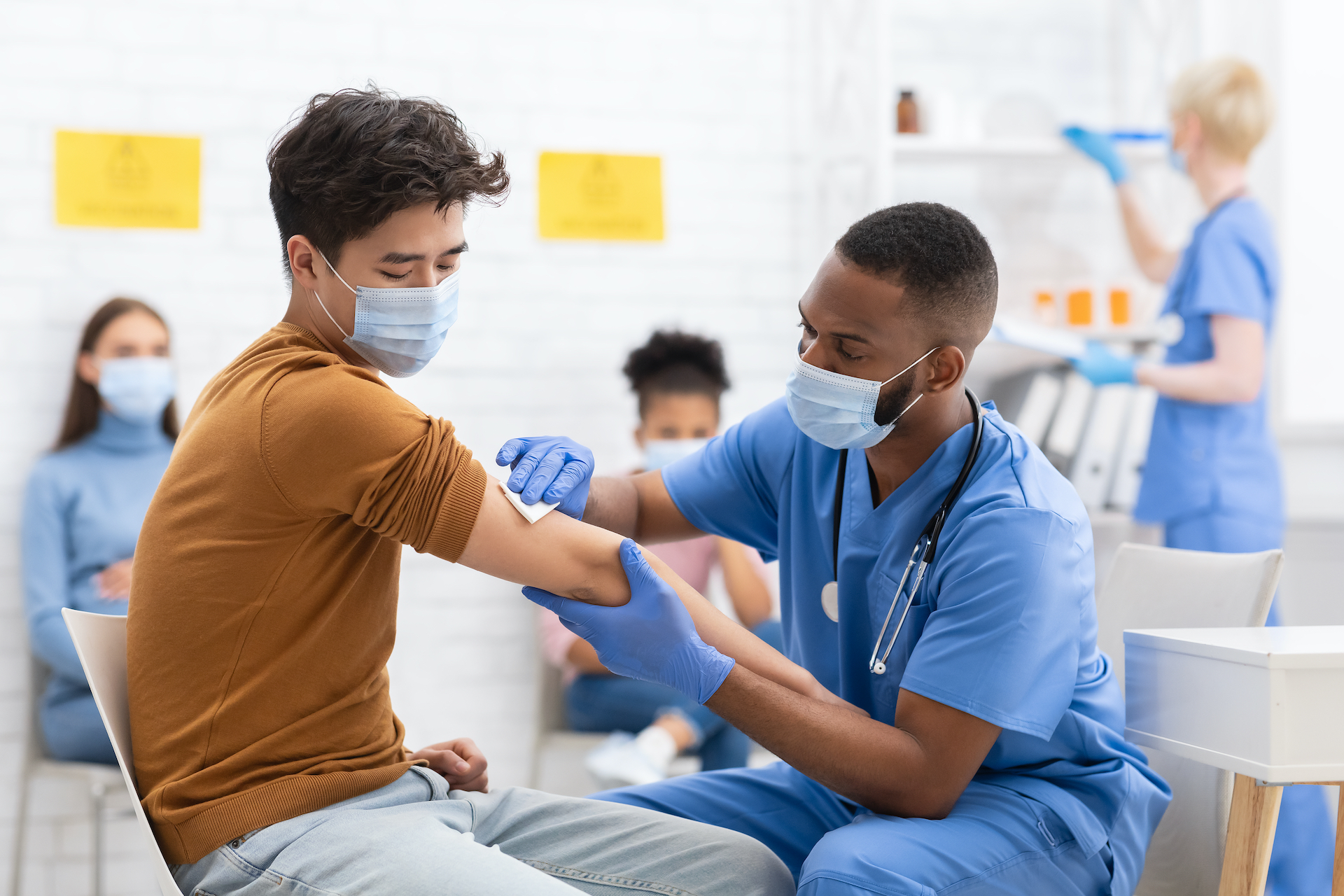
The Sun – The Star of the Solar System (Part 2)
We often fail to realize how important influences the sun has on our planet – it influences the weather, seasons, ocean currents, climates and even lives of plants (through photosynthesis).
In the first article, we’ve learned some quite interesting facts on the star of the solar system. And, here we are again, to learn more.
Atmosphere of the Sun

Extending far upward from the surface of the sun is the solar atmosphere. The atmosphere consists mostly of hydrogen gas. It is much less dense than the rest of the sun.
The solar atmosphere is composed of two layers. The lower or inside layer is the chromosphere. It extends as much as much as 7,500 miles above the sun’s surface. The higher or outside layer is the corona. The corona forms a beautiful white halo around the entire sun, sending long streamers for millions of miles out into space.
We on earth cannot usually see the chromosphere and the corona. The bright glare of the photosphere (the sun’s surface) produced by the effects of our own atmosphere blots them out. But the solar atmosphere becomes visible during a total eclipse of the sun, when the moon covers the photosphere.
However, we do not have to await an eclipse to observe the corona. We can see it through a special telescope called a coronagraph, which produces an artificial solar eclipse. Or we could travel to outer space, above the earth’s troublesome blanket of air, where the corona is always visible to the unaided eye.
Temperatures in the corona and the chromosphere vary in an unexpected way. The corona is much hotter than the chromosphere. Astronomers have estimated an astounding temperature of 3,600, 000 °F for its outer reaches.
The question here is that how come the corona, which is so far from the source of the sun’s energy, is so much hotter than the photosphere?
One explanatory theory holds that strong shock waves, caused by turbulent movements of the photosphere, heat the very thin gases of the corona intensely.
Surface of the Sun

You might think it’s strange to talk of the surface of a gaseous globe like the sun. But there is a surface layer that has a definite border and is the deepest part of the sun to which we can see. This layer is called the solar disk or photosphere.
The photosphere is a relatively thin region and it has a depth of some two hundred miles. This is only 6/100 of the radius of the sun. The photosphere was once thought to be a uniform and perfect orb of light. But even in ancient times, observers occasionally saw spots on it. In the early 1600’s, the Italian scientist Galileo Galilei became the first man to study the sun and its spots through a telescope. These so-called sunspots are dark, irregular patches. They are very important and, in many ways still mysterious features.
In addition to sunspots, the solar surface shows two other main features: bright, irregular areas called faculae and a network of fine cells, the photospheric granulation.
What Are Faculae?
They are hot, glowing regions, ranging from tiny bright marks to huge splotches. They resemble the plages in the chromosphere. They often surround sunspot groups, but they may occur alone. Faculae often arise where sunspots later appear and then last for a while after the sunspots have vanished. Faculae have a coarse-grained structure. Many astronomers consider them to be huge masses of gas that are hotter than the rest of the gaseous solar surface.
What About Photospheric Granulation?
Through the telescope, photospheric granulation looks like bright grains of rice. The grains are separated from one another by dark boundaries. A typical grain or cell measures about one thousand miles across – actually a small area compared with the enormous surface area of the sun.
Astronomers consider the granulation to be photospheric gas in continuous and violent motion because of heat. Movies have been taken of the cells, which look like boiling fluid bringing up gas from the depths of the sun.
For more information, stay tuned for the third part of this series.
You May Also Like

What is Metastatic Cancer
2022-02-14
Is animal testing necessary?
2021-12-10

